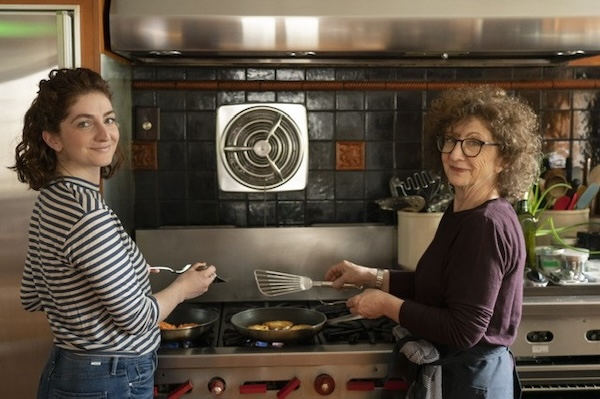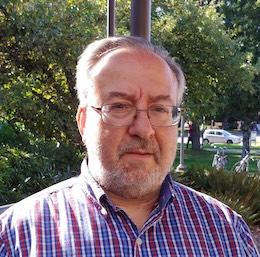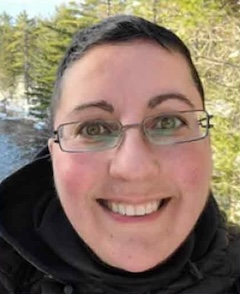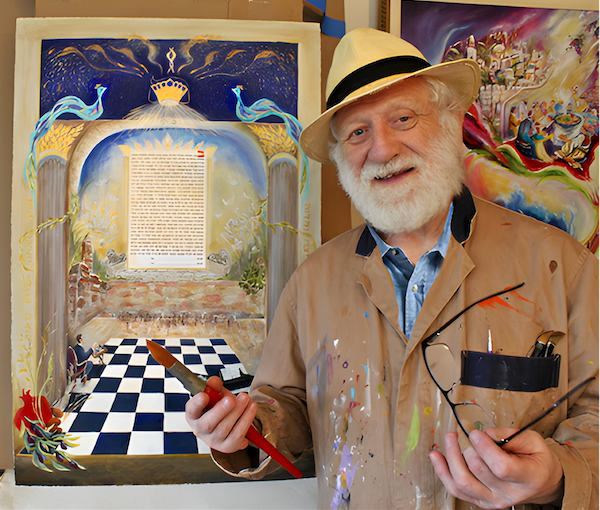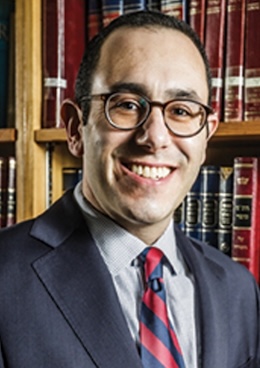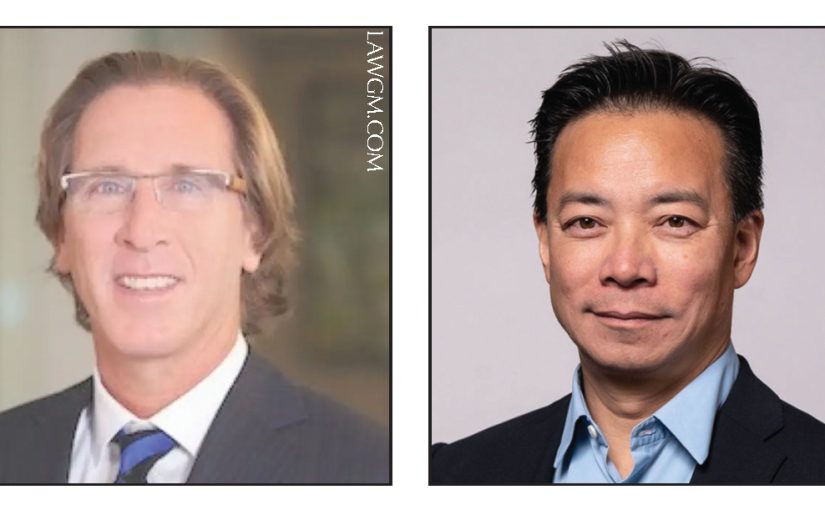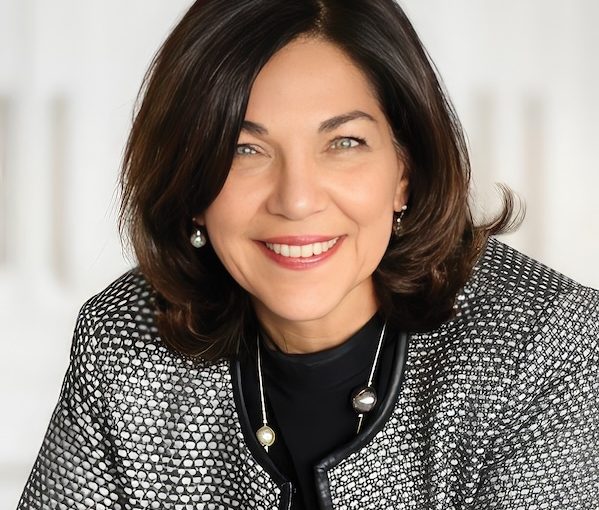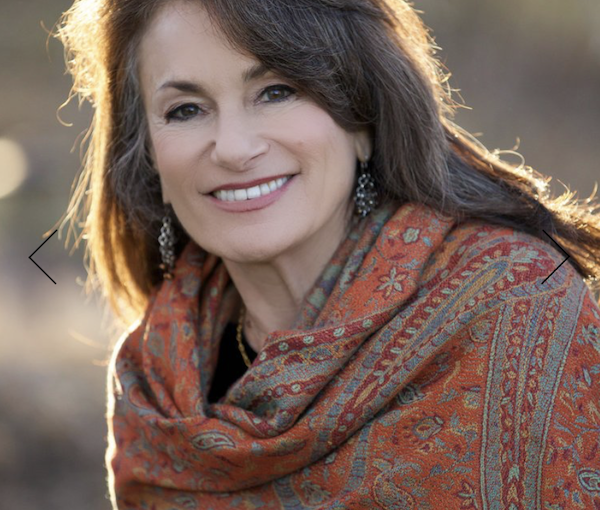The mother-daughter duo of Bonnie Stern, right, and Anna Rupert brought this year’s L’dor V’dor lecture series to a flavourful conclusion last month. (photo from Bonnie Stern)
The mother-daughter cooking duo of Bonnie Stern and Anna Rupert brought the 2023-24 L’dor V’dor (From Generation to Generation) lecture series, hosted by Victoria’s Kolot Mayim Reform Temple, to a flavourful conclusion last month.
Emceed by former CBC television personality Anne Petrie, the hour-long presentation, Don’t Worry Just Cook: A Delicious Dialogue on Intergenerational Jewish Cuisine, shared their family’s culinary path, from Stern’s start as a chef to Rupert’s early childhood kitchen experiences as a 3-year-old making pies with her brother, through to the present.
“I always wanted my kids to feel comfortable in the kitchen and to want to be there, to help out or do whatever they wanted to do,” said Stern in a talk that explored the deeply tied relationship of Jewish food to culture and family.
“My mom would give us jobs in the kitchen when we were little,” said Rupert. “There was always a job for us if we wanted to participate, such as painting cookies, filling cookies or grating potatoes.”
In Stern’s view, cooking is a life skill – a person isn’t obligated to pursue a career in the culinary arts, but it is important for a person to know about food and to be able to cook. She added that her kids were fussy eaters, so the idea was, if they participated in the kitchen, they would eat what they made.
“Food without a story is just calories,” said Stern. And there were plenty of gastronomic tidbits to be told, often relating to the evolution of how variations on cooking are incorporated into family recipes.
For example, Stern’s mother had a technique for browning brisket at the end of the cooking process, rather than the beginning. And, at the current family dining table, as recognition of dietary intolerances became more widespread, there is a greater need to know how to prepare such items as gluten-free bread for a meal. Another way in which their family dinners have evolved is the move towards a contemporary buffet – guests are invited to move around and interact, creating even greater connections and more interaction than meals shared together in other ways.
More broadly, Stern explained how cuisine within a family alters when people move to another place. “It’s almost impossible to reproduce something the same way it was somewhere else. You don’t have the same equipment, the same ingredients or the same recipe. In the end, things change a little bit,” she said.
The topic of the diversity of Jewish cuisine arose. Both Stern and Rupert accentuated the myriad different dishes Jews have served up that go well beyond traditional Ashkenazi notions of matzah ball soup, blintzes and apple cake. Nowhere is that more true, they say, than in Israel, where cuisines from Jews around the world have converged in a land that has produced many talented and inventive chefs unafraid to take risks.
Some of the variations on traditional Jewish themes (mentioned in the talk and also found in their cookbook) were to do with Hanukkah dishes, specifically latkes served with guacamole and Middle Eastern sweet potato latkes, which may include hot sauce, cilantro and cumin.
Stern has studied and taught cooking around the world, written 12 cookbooks, hosted three nationally broadcast food shows and is a frequent television and radio guest around the country. She is also the founder of the eponymous Bonnie Stern School of Cooking in Toronto. Rupert, in her professional life, is a speech pathologist and researcher.
Together, Stern and Rupert wrote Don’t Worry, Just Cook: Delicious Timeless Recipes for Comfort and Connection. With a foreword by Israeli-born chef Yotam Ottolenghi, the book goes beyond simply writing down recipes, to telling stories, giving lessons and sharing tips to improve readers’ skills and experiences in the kitchen. Rupert said she used to dream that the two would have a cooking show together. The publication of the book, in its own way, brought that desire to fruition.
Rupert credits the success of the book to her mother, whose vast amount of expertise as a cooking teacher allows her to anticipate questions a reader might have when following a recipe and offer productive advice and workarounds for potential hazards.
“Food has a unique way of connecting us to our roots and bringing generations together. We are excited to share our passion for Jewish cuisine and the joy it brings to families,” Stern said.
“Food and cooking are ways to find comfort, and definitely ways to connect with other people,” added Rupert.
Sam Margolis has written for the Globe and Mail, the National Post, UPI and MSNBC.

